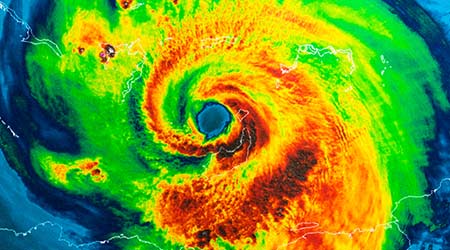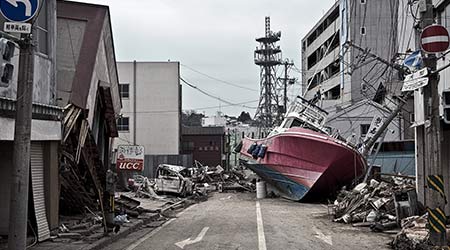
Hurricane Florence To Test Emergency Preparedness
September 12, 2018
Hurricanes are among the toughest tests of the emergency preparedness of institutional and commercial facilities, and facility managers on the U.S. east coast are about to find out just how prepared their facilities are for a major hurricane.
More than 1.5 million people have been ordered to evacuate along the U.S. southeast coast as Hurricane Florence, the most powerful to menace the Carolinas in nearly three decades, barrels closer, according to Reuters.
Florence, a Category 4 storm packing winds of 130 miles per hour, was expected to make landfall most likely in southeastern North Carolina near the South Carolina border, according to the National Hurricane Center in Miami.
In addition to flooding the coast with wind-driven storm surges of seawater as high as 12 feet, Florence could drop 20-30 inches of rain in places, posing the risk of deadly flooding miles inland, forecasters say. They warned the storm could linger for days after making landfall. Florence arrives as some facilities in the Southeast United States continue to recover from 2017 Hurricanes Harvey, Irma and Maria, which caused a tremendous amount of damage. Among those facilities damaged by the storms were 32 Georgia health centers, according to The Atlanta Journal Constitution.
Those facilities will receive a federal grant of $9.6 million, according to the U.S. Department of Health and Human Services (HHS). The award was part of $60 million given to health centers nationwide that are funded by the Health Resources and Services Administration. The department says the money “will help ensure continued access to quality primary health care services at community health centers in Georgia affected by the hurricanes.”
HHS Secretary Alex Azar says the grants will help the centers recover and strengthen their readiness for next time.
This Quick Read was submitted by Ryan Berlin, managing editor of Facility Maintenance Decisions.
Next
Read next on FacilitiesNet












